‘Island Infernos’ Illuminates the Army’s Overshadowed Operations in WWII’s Pacific Theater
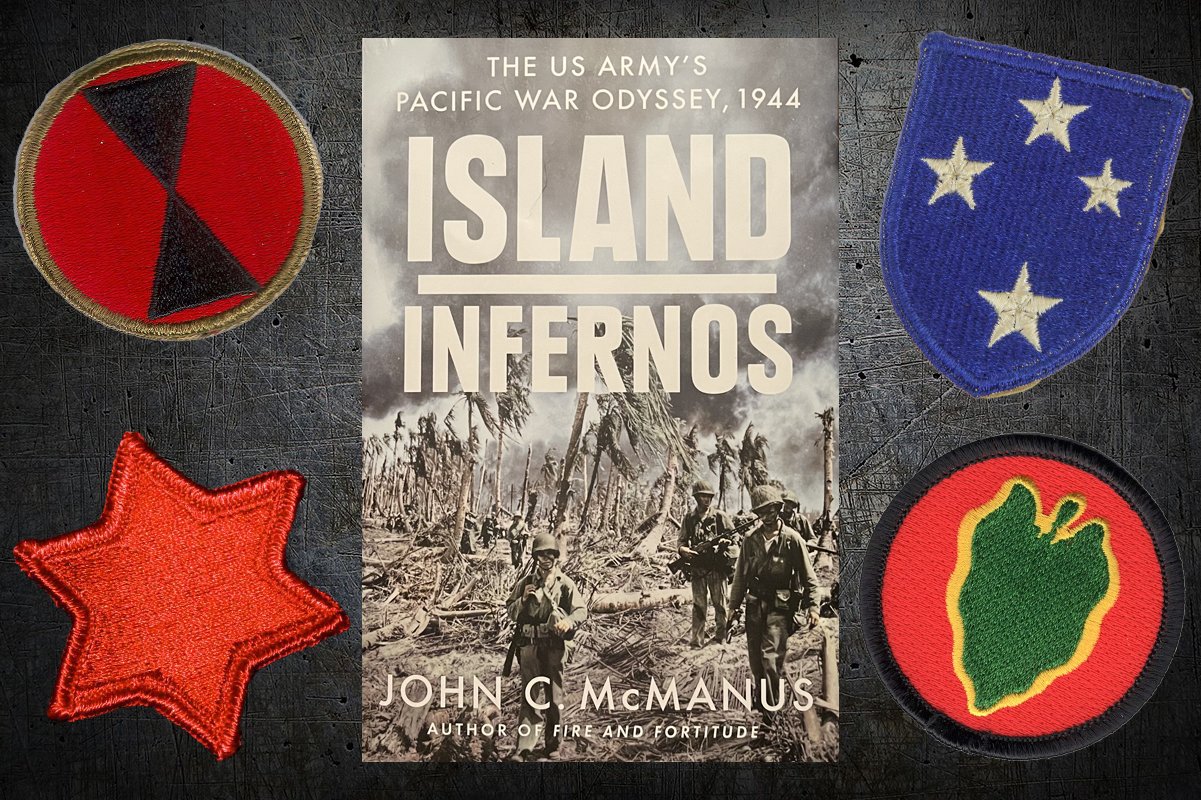
The US Army deployed 21 infantry and airborne divisions to the Pacific theater. Composite by Coffee or Die Magazine.
A collection of “adventurers, musicians, drunkards, journalists, delivery boys, wealthy ne’er-do-wells, old Army hands, investment brokers, small-town Midwesterners, farm boys from the South, offspring of Eastern slums, Rothchilds [sic] and Indians … idealists and murderers.” That’s how Lt. Charlton Ogburn describes the infamous band of American operators better known as Merrill’s Marauders in John C. McManus’s latest book Island Infernos: The US Army’s Pacific War Odyssey, 1944.
The exploits of the elite group of Americans trained in “the dark arts of small-unit jungle warfare” are among the best-documented of any soldiers in the US Army, but for Island Infernos, McManus broadens the scope of his research to include the efforts of the entire US Army in World War II’s Pacific theater.
Because the Pacific was largely a maritime affair, the Navy and Marine Corps generally get the lion’s share of credit for victory over Japan. The Pacific theater boasted the majority of the war’s naval battles, and the Allied march across the ocean involved a steady stream of small, uniquely distinguishable amphibious battles rather than the larger, sweeping drives across Europe carried out almost exclusively by the US Army.
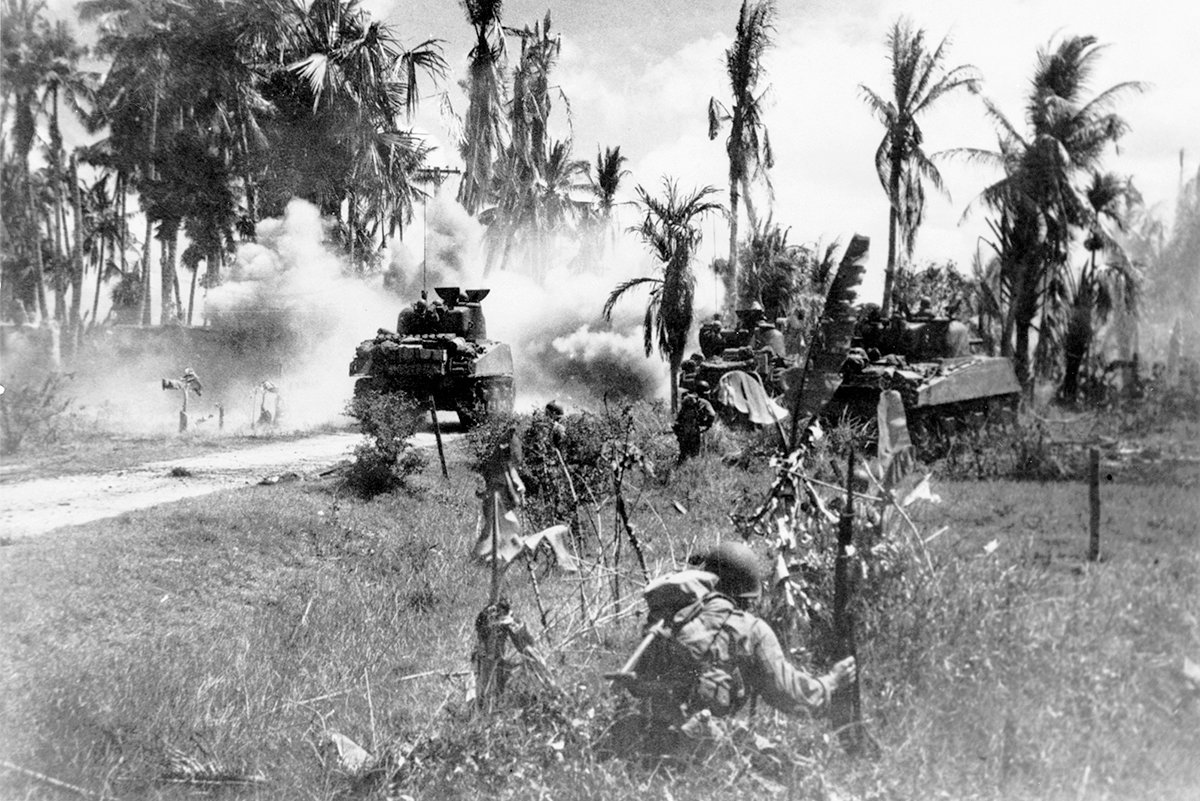
While the Marine Corps remained entirely dedicated to the drive across the Pacific, the Army also played a major — and often overlooked — role in the Allied island-hopping campaign. In fact, the US Army’s ground forces suffered nearly twice the number of casualties as their Marine and Navy counterparts. In Island Infernos, McManus aims to correct the misperception that the Pacific theater was strictly a naval conquest.
McManus — a leading WWII historian and distinguished professor at the Missouri University of Science and Technology — previously penned Fire and Fortitude, covering the US Army’s contribution to the war in the Pacific from 1941 to 1943.
Island Infernos zeroes in on the pivotal year that held key battles such as Saipan, Guam, Peleliu, and the Philippines. It’s the second installment in what will become a trilogy about the Army in the Pacific. Island Infernos is one of those rare military histories that provides a well-researched historical account of events combined with captivating storytelling. McManus continuously moves from big-picture explanations of each battle’s significance to compelling accounts of the men in the jungles and on the beaches.
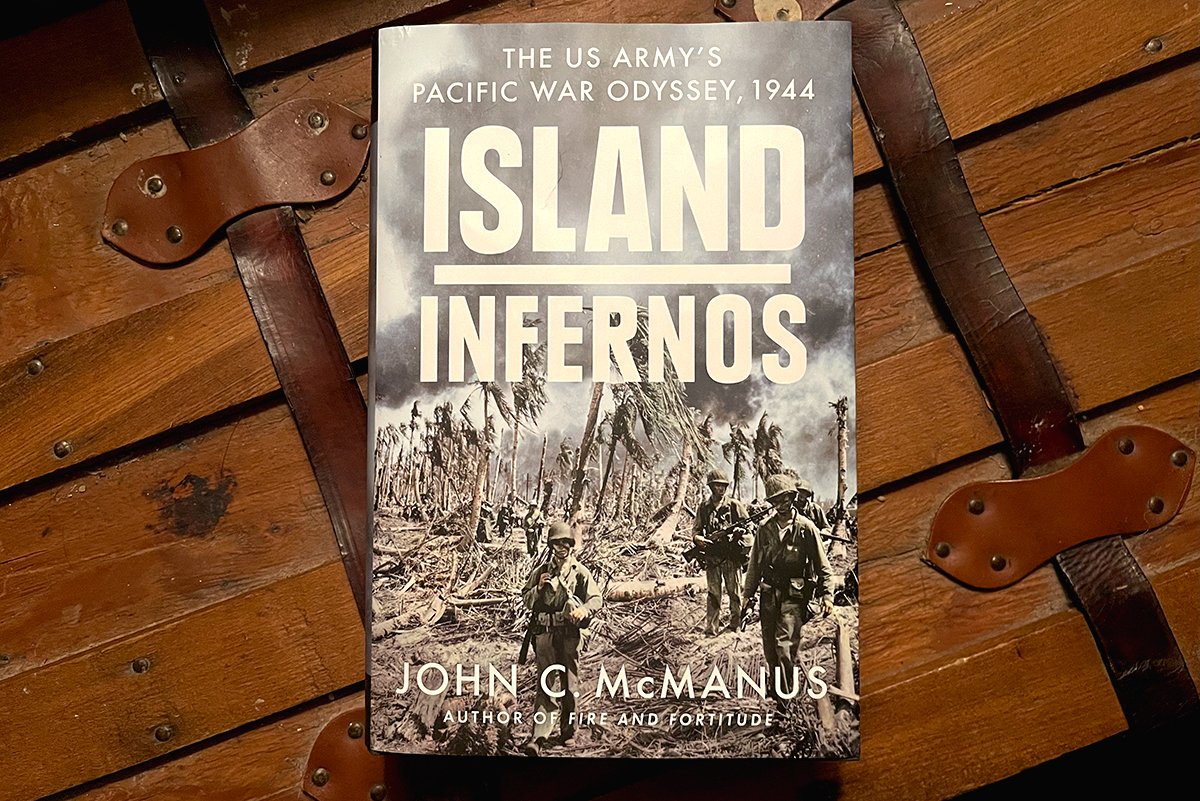
The Pacific theater of WWII contained austere geography on which some of the most advanced, well-equipped, and determined militaries in history ever faced one another in combat. The battlefields of the Pacific spanned remote pieces of ice and snow in the Aleutian Islands to sun-baked specks of coral reef barely peeking above sea level. They covered nearly one-third of the globe and saw the US Army spread farther apart than ever before or since during a single conflict. By the war’s end, the US Army deployed more than 1.8 million soldiers across the Pacific. The Army’s massive force of 21 infantry and airborne divisions towered over the Marine Corps’ smaller presence of just six divisions.
McManus writes for the military-minded reader. Island Infernos is not for those unfamiliar with WWII or the Pacific; rather, it’s a book that closely reexamines a single aspect of the war. But for all of the historical details McManus manages to cram into the 636-page volume, he avoids the pitfalls of other WWII books that more closely resemble indigestible textbooks. In the same vein as Robert Leckie’s Strong Men Armed, McManus crafts a complete account of a single period in American military history while building relatable characters that keep the story captivating.
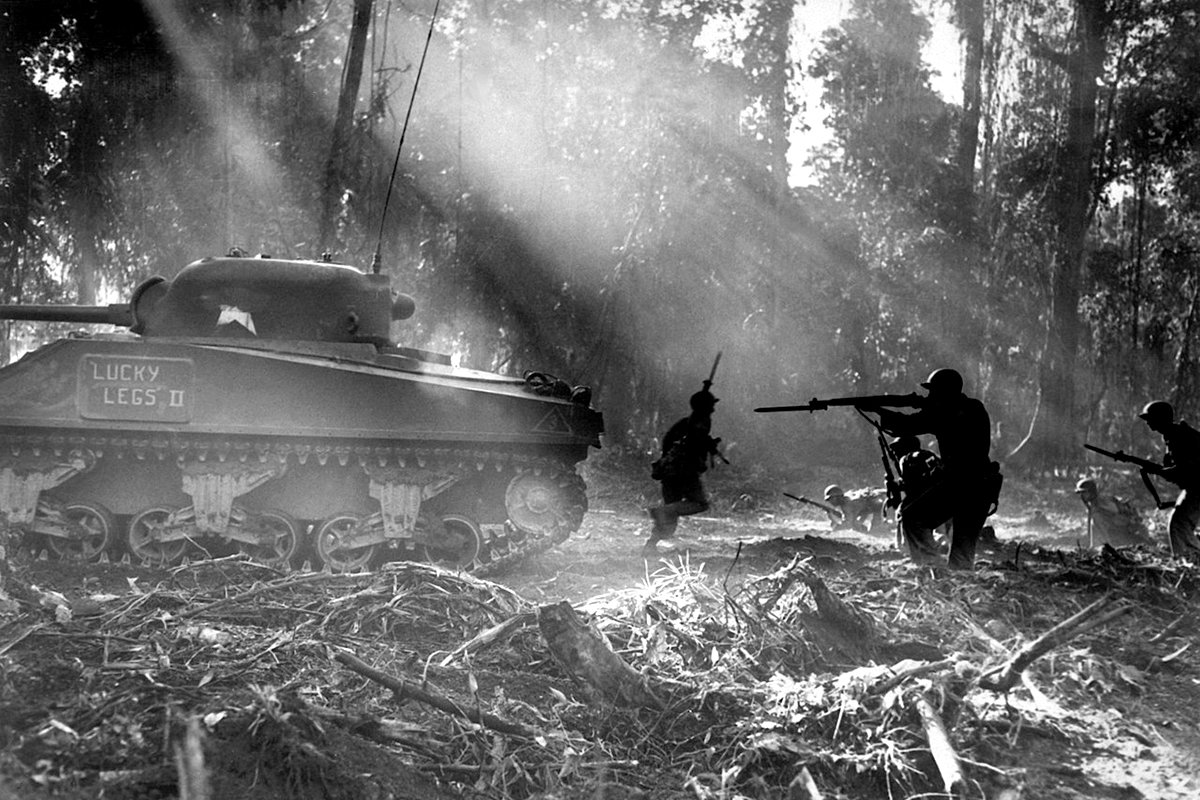
“A bespectacled lieutenant nicknamed Grandma, who saw one of his men slashed across the shoulder by a saber-wielding Japanese officer, became so enraged that he cornered the officer and hacked him into so many pieces that the lieutenant’s soldiers had to pull him away. No one called him Grandma anymore,” McManus writes, describing an American soldier in Indonesia. McManus uses such intimate descriptions of combat to inject readers into specific locations before expounding on the broader significance of each battle.
At its best, Island Infernos is revisionist history done right. McManus does not try to change the well-documented understanding of what happened in the Pacific; rather, he sets out to expand history’s rear-sight aperture to include the Army’s enormous contribution to the Allied victory over the Empire of Japan. The second installment of McManus’ Pacific trilogy displays his rare ability to effectively combine gripping narrative and meticulous research.
Island Infernos: The US Army’s Pacific War Odyssey, 1944 by John C. McManus, Dutton Caliber, 656 pages, $35
Read Next: Read the Four Books HBO’s ‘The Pacific’ Is Based On
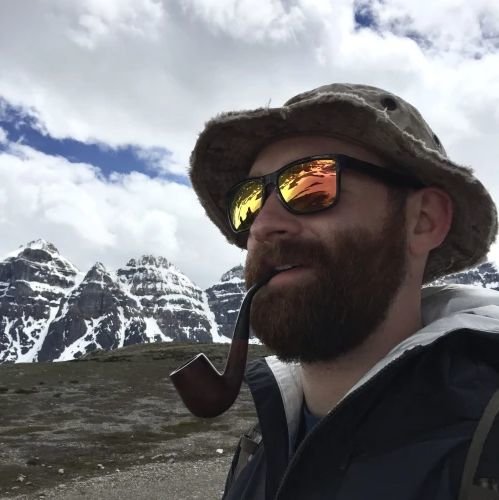
Mac Caltrider is a senior staff writer for Coffee or Die Magazine. He served in the US Marine Corps and is a former police officer. Caltrider earned his bachelor’s degree in history and now reads anything he can get his hands on. He is also the creator of Pipes & Pages, a site intended to increase readership among enlisted troops. Caltrider spends most of his time reading, writing, and waging a one-man war against premature hair loss.
BRCC and Bad Moon Print Press team up for an exclusive, limited-edition T-shirt design!
BRCC partners with Team Room Design for an exclusive T-shirt release!
Thirty Seconds Out has partnered with BRCC for an exclusive shirt design invoking the God of Winter.
Lucas O'Hara of Grizzly Forge has teamed up with BRCC for a badass, exclusive Shirt Club T-shirt design featuring his most popular knife and tiomahawk.
Coffee or Die sits down with one of the graphic designers behind Black Rifle Coffee's signature look and vibe.
Biden will award the Medal of Honor to a Vietnam War Army helicopter pilot who risked his life to save a reconnaissance team from almost certain death.
Ever wonder how much Jack Mandaville would f*ck sh*t up if he went back in time? The American Revolution didn't even see him coming.
A nearly 200-year-old West Point time capsule that at first appeared to yield little more than dust contains hidden treasure, the US Military Academy said.












